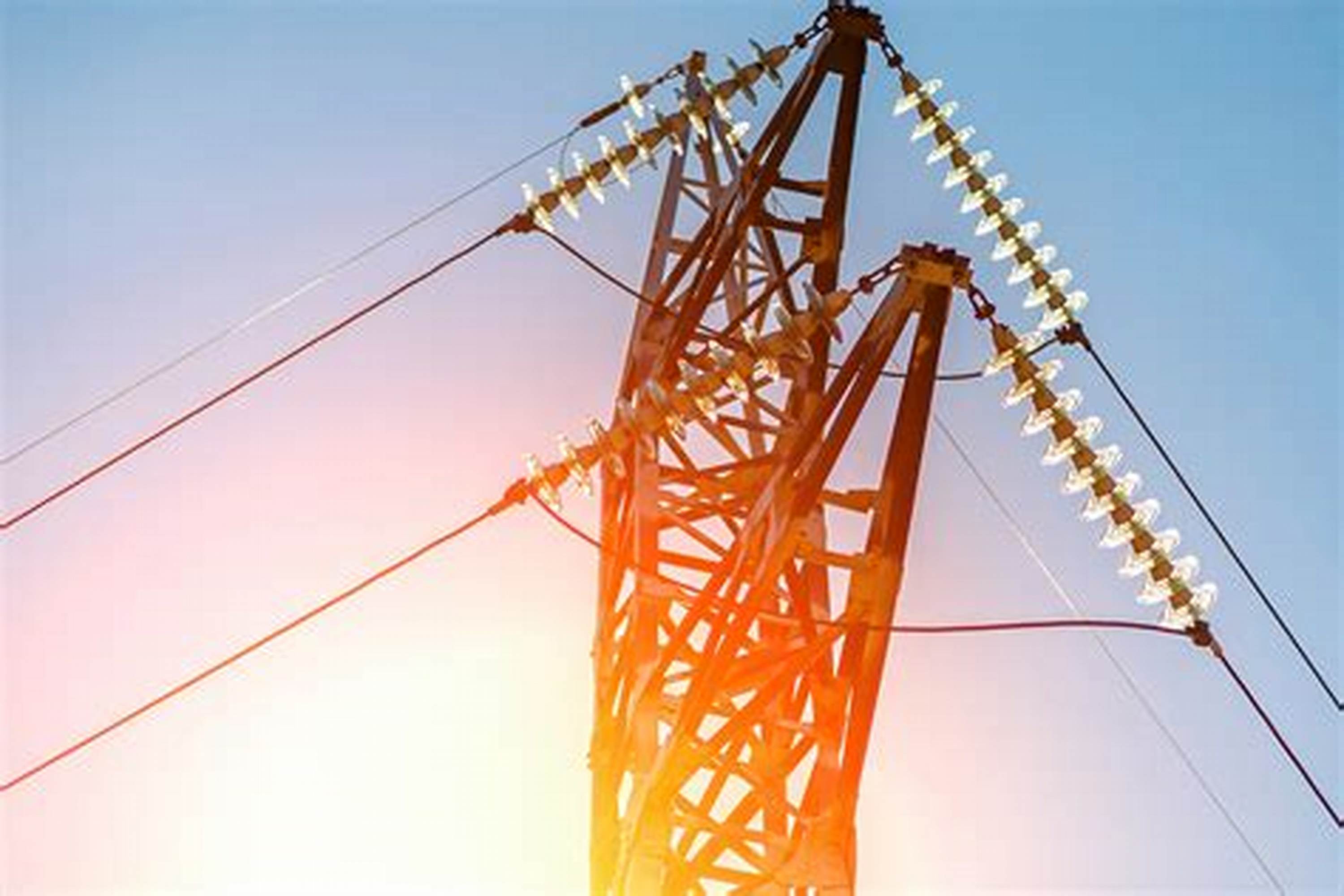Power Grid
GLOBAL ELECTRICITY DEMAND TO GROW BY 4% THROUGH 2027, IEA SAYS.
JUMA SULEIMAN

Global electricity demand is projected to rise significantly through 2027, surpassing Japan's total annual consumption each year, according to a report by the International Energy Agency (IEA). The majority of this demand growth, about 85%, is expected to come from emerging and developing economies, with China leading the surge. China's electricity consumption is forecasted to increase by 6% annually, driven by its expanding industrial sector and the rapid growth of electricity-intensive manufacturing, including solar panels, batteries, and electric vehicles.
In addition to China, India is expected to be a key driver of rising electricity demand, contributing 10% of the global increase. The demand in India is fueled by strong economic activity and a rapid expansion in air conditioning usage. Meanwhile, advanced economies such as the United States are witnessing a shift in demand trends due to growing electrification in sectors like transportation, heating, and data centers. However, the European Union’s outlook has been revised downward due to a weaker economic forecast, with demand expected to grow at just 1.6% in 2025. The EU is unlikely to return to its 2021 electricity consumption levels before 2027, despite some recovery in 2024.
The IEA report highlights the crucial role of low-emissions energy sources in meeting the rising electricity demand while reducing reliance on fossil fuels. Renewables and nuclear energy are projected to keep pace with global electricity growth, helping to curb emissions. Solar energy is expected to become the second-largest low-emissions power source by 2027, trailing only hydropower. Additionally, by 2025, renewables are predicted to surpass coal-fired power generation as coal’s share in the global energy mix falls below 33%—its lowest in a century.
As the world transitions toward cleaner energy, governments and industries will need to focus on scaling up renewable infrastructure and ensuring grid stability. While the shift to low-emissions energy sources is promising, managing electricity supply to meet surging demand—especially in emerging economies—remains a critical challenge. The IEA report underscores the importance of continued investment in clean energy technologies to sustain economic growth while reducing environmental impacts.
